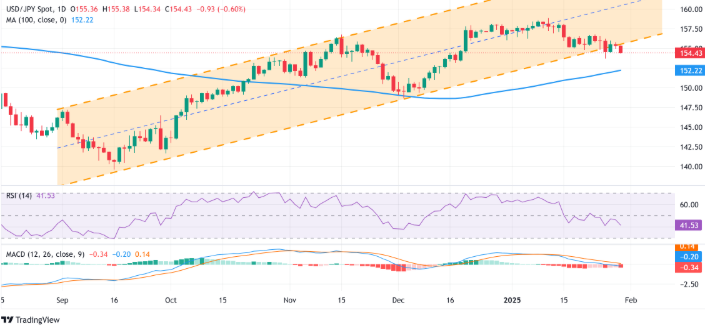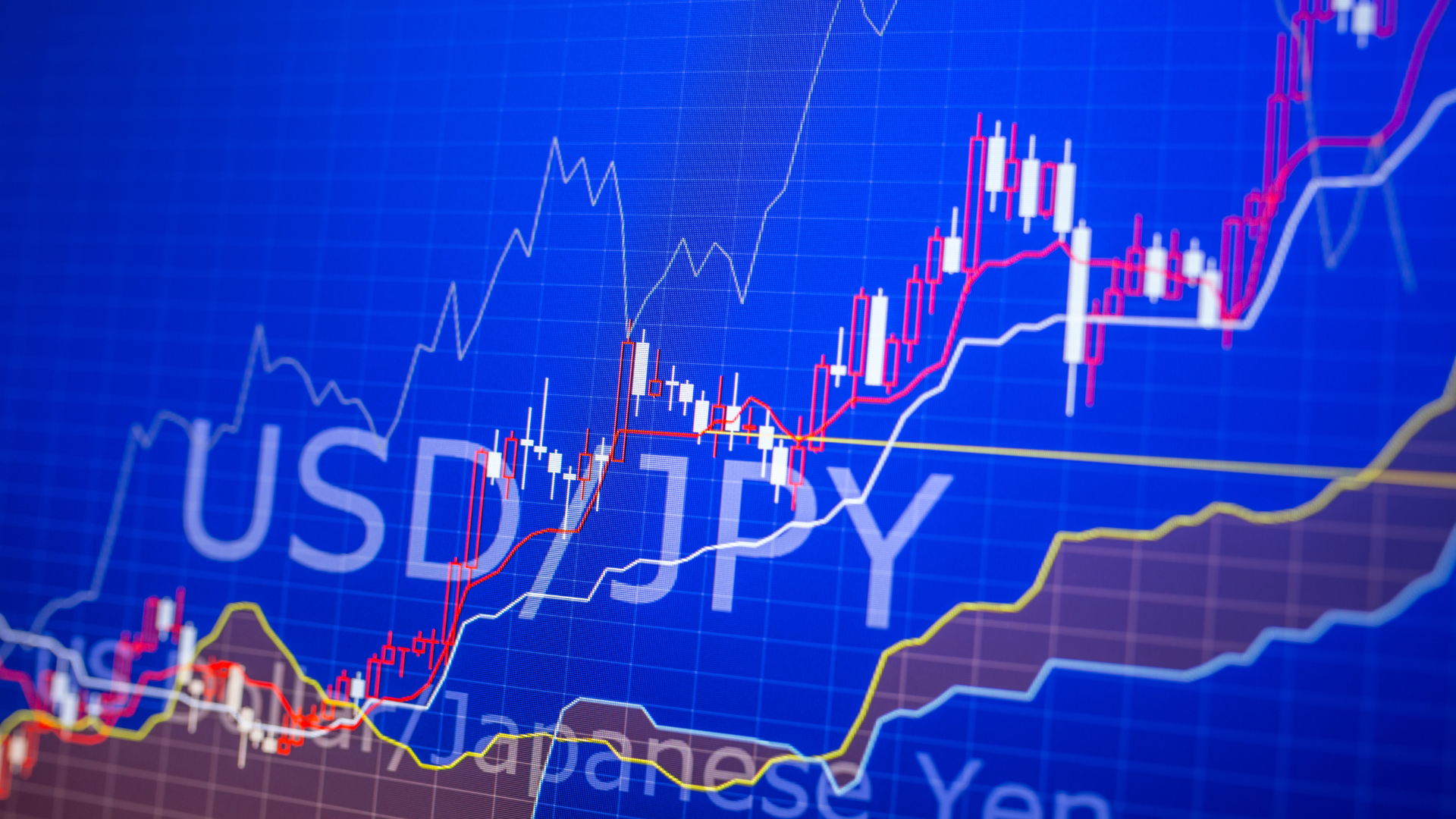The Japanese yen edged closer to its multi-week high against the U.S. dollar, reflecting a shift in market sentiment as investors reassessed the Federal Reserve’s interest rate outlook. The greenback’s recent pullback, coupled with rising demand for safe-haven assets, has fueled the yen’s recovery after weeks of subdued performance.
A softer U.S. dollar has been a key driver of the yen’s gains, with traders trimming their bets on prolonged Fed tightening. Recent economic data has shown mixed signals on U.S. inflation, raising doubts about how aggressively the central bank will maintain restrictive monetary policy. This uncertainty has led to increased demand for the yen, which traditionally benefits during periods of market caution.

Meanwhile, global risk sentiment remains fragile, further supporting the yen’s appeal. Concerns over slowing economic growth in China and persistent geopolitical tensions have encouraged investors to shift towards safer assets. The yen’s role as a defensive currency has strengthened in this environment, putting additional pressure on the dollar.
Despite the yen’s recent strength, market analysts remain cautious about its sustainability. The Bank of Japan’s ultra-loose monetary policy remains a limiting factor, as policymakers have reiterated their commitment to maintaining accommodative conditions. Unless the BOJ signals a shift toward policy normalization, the yen’s upside potential may remain capped.
Looking ahead, traders will focus on upcoming U.S. economic data and Federal Reserve commentary for further direction. Any indications of a more dovish Fed stance could extend the yen’s gains, while stronger U.S. data could reinvigorate the dollar. In the near term, the yen’s movement will likely be dictated by broader market trends and shifts in global risk appetite.













